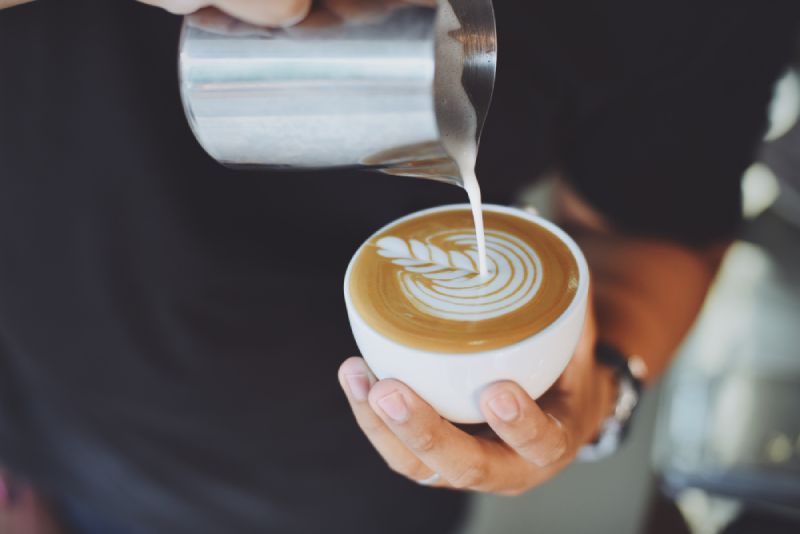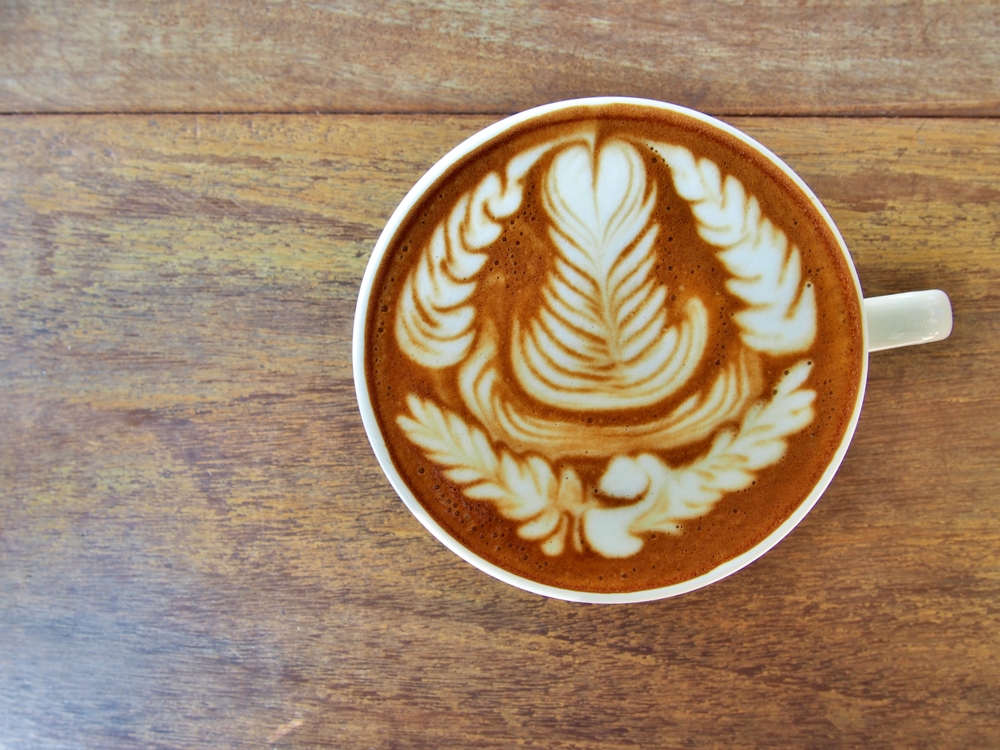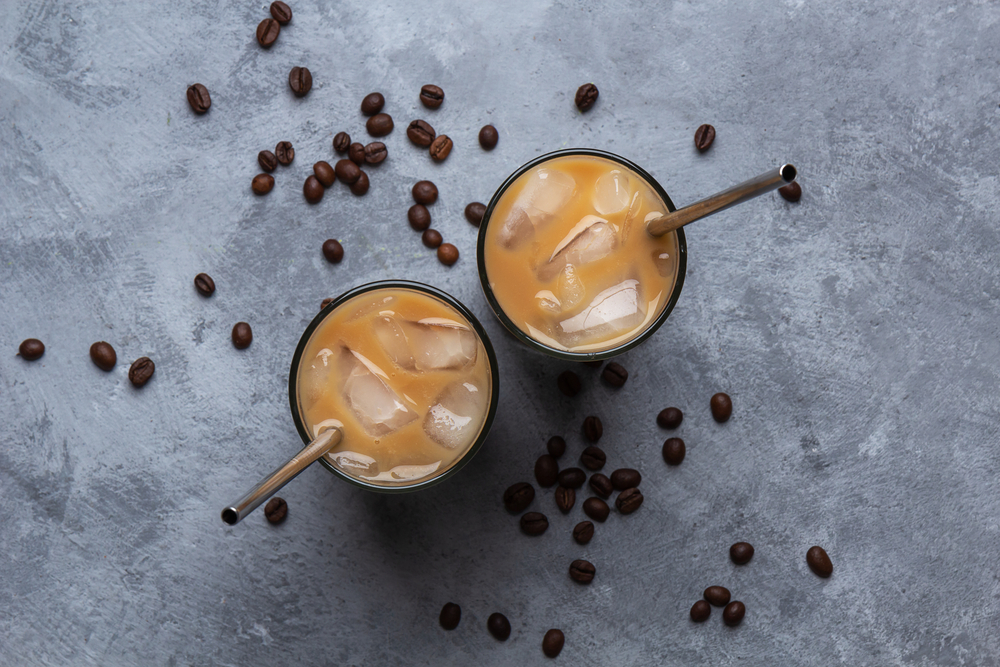Understanding the Craft of Latte Art
Latte art is a method of preparing coffee that results in a visually appealing presentation, transforming your morning brew into a piece of temporary artwork. This meticulous craft involves pouring microfoam into a shot of espresso in a particular way, resulting in designs on the surface of the latte. But, how does latte art work, you may ask? Let’s dive into the aesthetics of coffee and the science behind latte art.
The Science of Latte Art
At its most basic, latte art involves two main ingredients: espresso and steamed milk. It is the harmonious interaction between these two that makes latte art possible.
“The secret to latte art lies in the microfoam.”
Creating the perfect microfoam is crucial to achieving the desired latte art. It’s all about getting the right texture and temperature of the milk. The milk is steamed and frothed to create tiny, uniform air bubbles. This process results in a velvety and glossy milk texture known as ‘microfoam’.
Creating the Art
Once the perfect microfoam is achieved, it is then poured into a shot of espresso. The pouring technique is where the barista’s skill comes into play. The milk must be poured in a particular way that allows the white foam to rest on top of the crema (the thin layer of foam on top of an espresso shot) to create the design.
“The balance between the texture of the milk and the espresso’s crema allows the formation of designs.”
The contrast between the white milk and the dark espresso is what enables us to see the design. While simple designs like a heart or a leaf may seem easy, they require precision, control, and practice.
The Technique Behind the Pour
Baristas master various pouring techniques to create beautiful and intricate designs.
The Free Pour Technique: This is the most common technique for creating latte art. The barista starts pouring the steamed milk slowly at first and then increases the pouring speed while making a slight wiggling motion. This creates a pattern in the cup.
The Etching Technique: This involves using a tool to etch designs into the foam after the milk has been poured. This technique allows for more intricate and detailed designs, though the art does not last as long since the milk continues to settle after being poured.
The Importance of Latte Art
Latte art is a method of preparing coffee that creates a visual appeal by pouring steamed milk into a shot of espresso, resulting in a pattern or design on the surface of the latte. But why is it so important?
Coffee Aesthetics and Customer Experience
One primary reason latte art is important is because of the visual appeal it offers. This isn’t just about making a coffee look pretty; it’s about enhancing the entire experience of drinking coffee. A beautiful design on the top of a latte adds an extra touch of care and skill that customers appreciate. It demonstrates the barista’s mastery and dedication to their craft, which can significantly elevate the customer’s perception of their coffee.
“First impressions matter. A coffee topped with latte art shows that attention to detail has been paid not just to the appearance, but likely also to the sourcing, brewing, and serving of the coffee.”
Quality Indication
Additionally, latte art is often seen as an indication of a well-made latte. To achieve good latte art, the milk must be steamed to the right temperature and consistency, and the coffee should have a good crema – the golden, creamy layer on top of a shot of espresso. This implies that a latte bearing a beautiful design is not only aesthetically pleasing, but it should also deliver in terms of taste.
Coffee Culture and Community
Latte art also plays a significant role in the coffee culture and community. Baristas around the world participate in latte art competitions to showcase their creativity and skill, fostering a sense of camaraderie among coffee professionals.
In conclusion, latte art is important for enhancing the customer experience, indicating quality, and fostering a sense of community among coffee enthusiasts and professionals. It’s an art form that adds an extra layer of pleasure to the coffee-drinking experience, making the humble latte more than just a caffeine fix.
Mastering the Craft
Becoming skilled at latte art requires a great deal of practice. The barista needs to control several factors simultaneously, including the temperature and texture of the milk, the pouring speed, and the movement of the pour.
Latte art is more than just an aesthetic pleasure. It’s also a sign of a well-made latte. The ability to create beautiful latte art is usually a good indication that the barista has properly steamed the milk, achieving the right texture and temperature, and poured the milk in a way that maintains the espresso’s crema.
“Latte art is not just about aesthetics; it’s also an indication of a well-crafted latte.”
Takeaway: Latte art is a beautiful craft that combines the science of coffee making with the art of presentation. It involves understanding the interaction between espresso and microfoam and mastering the technique of the pour. While creating latte art requires precision and control, it’s also a testament to a well-made latte, adding an extra touch of personalisation and enjoyment to the coffee drinking experience.



